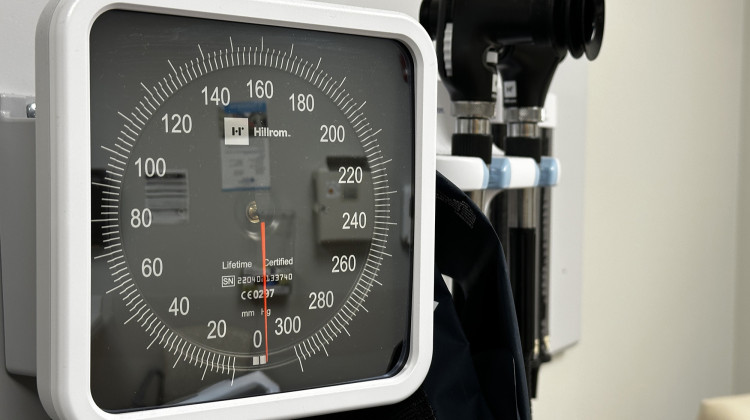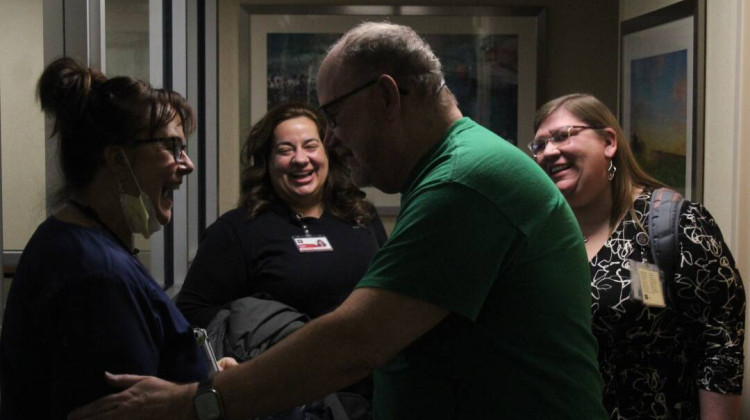Scientists think they may have solved an old question about the cracking of knuckles: Why does it make that sound?
The crack apparently comes from a bubble forming in the fluid within the joint when the bones separate, according to a study published Wednesday. It's like a tiny air bag inflating.
The findings confirm the original theory about knuckle cracking, which was first proposed in 1947 but challenged in the 1970s.
According to Gary Kawchuk, a professor of rehabilitation medicine at the University of Alberta, that second group of scientists came along and said, " 'No, no, no — wait! We think what's happening is, the gas bubble forms but then it subsequently collapses. That's what makes the big sound.' "
While many people accepted the bubble-bursting theory, no one was sure. So Kawchuk and a team of scientists figured out a little test, enlisting the help of a pal who is really good at cracking his knuckles.
"We called our colleague the 'Wayne Gretzky of finger-cracking,' " Kawchuck says. "He can make this happen in all 10 of his fingers."
The asked the volunteer to put his hand inside a special type of MRI scanner, and made a movie of the inside of his knuckles as they pulled on the end of each finger to make them crack.
"We've been calling it the, 'Pull My Finger Study,' " Kawchuk says.
What they saw was clear: The cracking sound comes when a bubble forms between the bones of the knuckle joint — not when it collapses.
"Our jaws hit floor," he says. "This is the exact answer. It feels pretty great."
Other researchers praised the study, which appears in the online journal PLOS ONE.
"This is the first time we're actually seeing what's going on inside the joint when a knuckle is being cracked," says Dr. Kevin deWeber, who studies sports medicine in Vancouver, Wash. "It's really exciting."
DeWeber says the discovery also reinforces previous research that challenged a common misconception about knuckle cracking — that it causes arthritis.
"It's mostly an urban myth ... perpetuated by mothers who are sick of hearing their kids crack their knuckles," deWeber says. He thinks cracking knuckles might actually be good for the joints – sort of a massage of the cartilage.
"This study helps us understand the biomechanics of the knuckle-cracking event," deWeber says. "We are reassured that nothing harmful is happening inside. And ... maybe something helpful is happening."
9(MDEwMDc1MzM3MDEzNDczOTA0MDc1MzViMQ001))
 DONATE
DONATE








 Support WFYI. We can't do it without you.
Support WFYI. We can't do it without you.